How I Do it: AAC Inservices by Tabi Jones-Wohleber
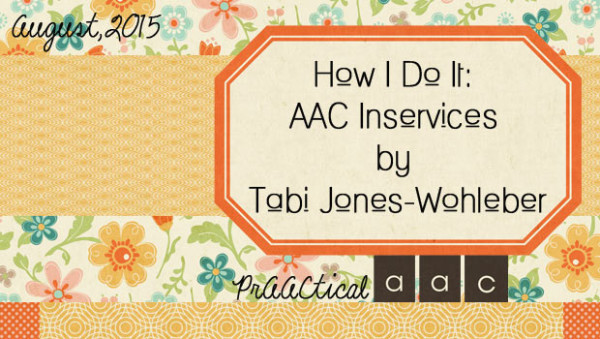
Many SLPs involved in AAC service provision are called upon to provide inservice training on implementation strategies. In this post, we are very fortunate to have Tabi Jones-Wohleber back to share both her thoughts and training materials. Tabi, an SLP on the AT Team for Frederick County Public Schools in Maryland, wrote two previous posts for us. In those posts, Tabi shared her All-in-One Visual Support Tool and Classroom CORE Tool. Today, we hear about her experiences with professional development for teachers, aides, and therapists who serve students with AAC needs.
implementation strategies. In this post, we are very fortunate to have Tabi Jones-Wohleber back to share both her thoughts and training materials. Tabi, an SLP on the AT Team for Frederick County Public Schools in Maryland, wrote two previous posts for us. In those posts, Tabi shared her All-in-One Visual Support Tool and Classroom CORE Tool. Today, we hear about her experiences with professional development for teachers, aides, and therapists who serve students with AAC needs.
:::::::::::::::::::::::::::::::::::::::::::::::::::::::::
Implementing AAC: A Picture…AND…A Purpose
As I work with staff and students to support implementation of AAC, I’ve learned 2 important things about making it work: 1) Folks need to know what it looks like “in their classroom/life” AND 2) effective implementation does not emerge from directives, but rather evolves from understanding, engagement and ownership of the WHAT and WHY and HOW of implementing AAC well. This is not earth-shattering news to frequenters of PrAACtical AAC, but a quintessential consideration for supporting effective AAC implementation. I’ve found myself in the presumptive quandary of assuming that if one is in place then two will follow…or vice versa. As it goes, I’ve begun to realize that is an erred assumption. It is truly an AND (not an OR) statement .
Many wonderful, dynamic and dedicated teachers, aides, service providers, and families I’ve worked with have an idea of what it means to use AAC in the classroom and they are more than willing to jump in. But the details of how to start, then continue, and oh my, keep going, can be a little fuzzy. Getting a clear picture of what effective AAC implementation can actually look like for their individual students goes a long way toward making it happen. Really, folks want to see it in action, and for good reason:
- Modeling use of AAC with students for the benefit of other communication partners is powerful; it shows it can be done.
- Brainstorming and outlining real-life strategies for incorporating AAC makes it dynamic; it provides a place to start, and ideas for expanding on good things that are already happening.
- Encouraging and championing out-of-the box thinking is an exciting part of bringing AAC to life; when effective communication works, it empowers teachers and students to embrace opportunities and use AAC more!
Honestly, this is the best part of my job. I jump on any opportunity to dig in and speak AAC during Opening, a Science lesson, or while reading a current event. Experiencing AAC implementation as a collaborative team achieves much, because we learn much from one another.
However, I find that the “sticking factor” fades, if there isn’t a clear understanding of the WHAT and WHY and HOW. Schedules get busy, staff move around, lesson units evolve over the course of the year, fatigue sets in. Demonstrating AAC in action here and there doesn’t necessarily translate to how to make it work across a variety of activities, and all the time. It truly requires an understanding of the WHAT and WHY and HOW to keep the clear picture from fading back to fuzzy.
This past year I was provided a wonderful opportunity to address this very issue. I was given 45 minutes a month to provide teachers with ongoing professional development on best practices in AAC at Rock Creek School, a separate public day school for students with significant disabilities. Most of the PD I’d done previously had been ½ day sessions, so I initially struggled with how to simplify and prioritize, and still be relevant. It’s just all so important. And, these were BUSY people. There is no way I was going to waste their time by over-generalizing. And I knew packing too much into those 45 minutes wouldn’t work either. So I decided to approach this opportunity with a capacity-building mindset. Each month we worked through a module (Google Slide) that targeted one principle or component of effective AAC implementation. Module topics included: Power of Communication, Core Vocabulary, Natural Aided Language, Multi-modal communication, and others. Though there is undeniable overlap between these topics, addressing them individually placed an emphasis on the value of each, and allowed us to explore each without sitting in the shadows of all that overlap. The intricacies of how they work together began to emerge as new topics were introduced. These modules were then shared with the teachers via Google Drive so they could revisit them, review them as a team, and most importantly, share them with instructional assistants, service providers, and others. I know that I learn best when I’m teaching others. Active participation in dissemination of information creates ownership and understanding. And the great thing about this format is that each module can be shared in the short windows of time that teachers might actually have available to receive such information such as staff meetings, during teamings, and in short moments before students arrive or just after they leave. Throughout the year, these modules were combined to create longer PD sessions for other audiences throughout the county, and each time shared with all participants. Within these sessions each module was color-coded to clearly “chunk” the information in digestible portions that could be shared individually, per the original format. Creating specific, relevant and flexible PD that fits into the schedules of those that benefit from it, has been a great addition to our team’s toolkit, and we are excited to have a way to tackle the essential WHAT and WHY and HOW to improve implementation practices. I hope you find them useful too! And if you have any feedback about how to make them better, I’m all ears!
Module 1: POWER of Communication (approx. 15-20 minutes)
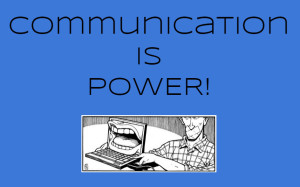
Module 2: Core Vocabulary (approx. 45 minutes)
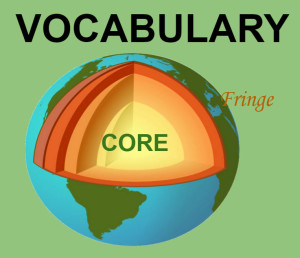
Module 3: Natural Aided Language (approx. 30 minutes)
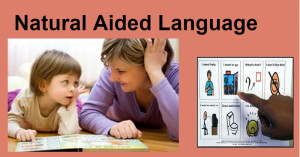
*These will open without a Google Account. However, to edit you will need a Google Account. Open the Google Slide. Copy the desired slides into a new Google Slide. You will be able to edit your new document.
Filed under: PrAACtical Thinking
Tagged With: classroom, inservice, professional development, Tabi Jones-Wohleber, Training
This post was written by Carole Zangari


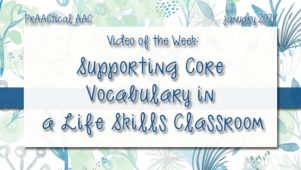

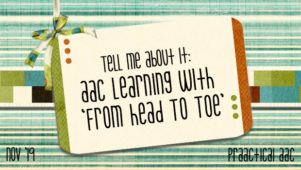
9 Comments
Wow! Thanks for the wonderful resource! I love the videos that you chose. Unfortunately I can’t get the video Aided Language Input with Kendal to work…is there another link that I could try? Thanks again for sharing!
I’m glad you find this useful. I agree videos are an amazing tool for bringing training materials to life.
I’m not at a computer at the moment but will look into the link that isn’t working and let you know what I figure out. Thanks for bringing it to my attention.
Check it now. The link should work.
Thanks for sharing these modules! Great to see yet another PSU alumna making outstanding contributions to the field.
The sample lessons and integration examples are so important. I firmly believe that if you want people to connect the dots you have to get examples of what that looks like.
Agreed. The more opportunities for modeling the better…for AAC users and communication partners. We learn so much from each other!
Thanks so much for sharing these slides. They are clear, specific and will be used this fall!
Wonderful! So glad it will work for you.
Really helpful information. However I can’t get any of the modules to work. Is there any other way I can view them?
Thanks, Tabi. I love your work!
Have a great school year!
Sally